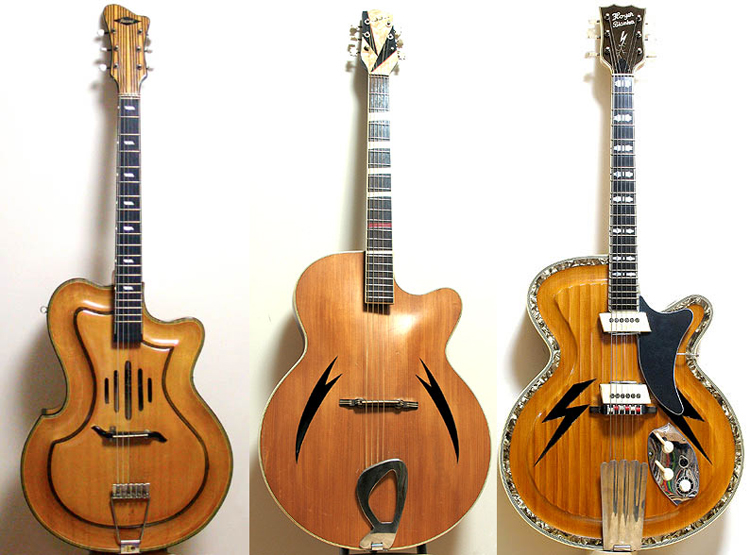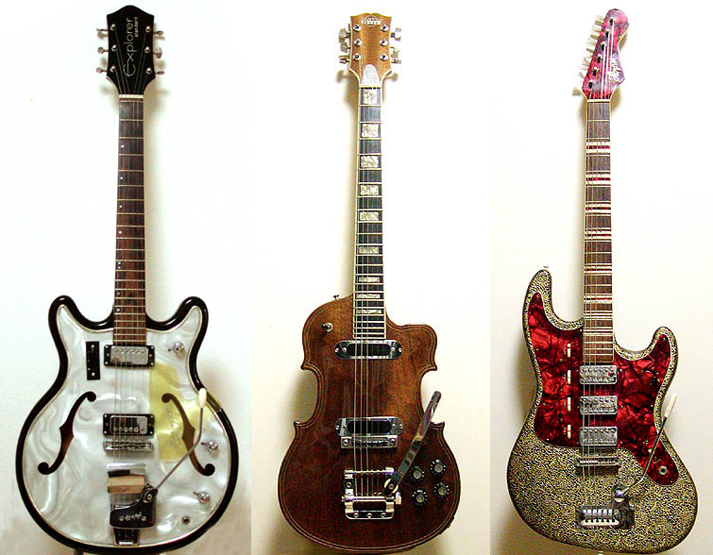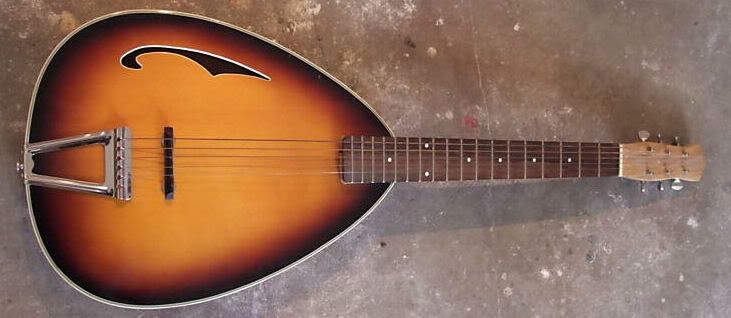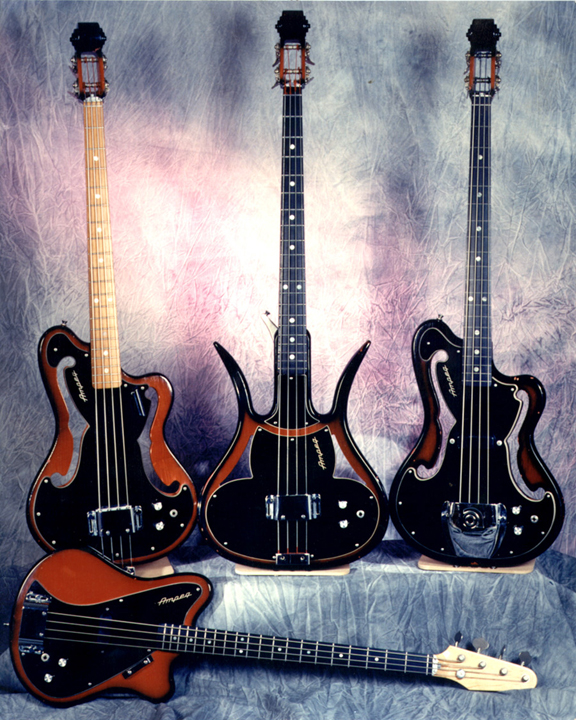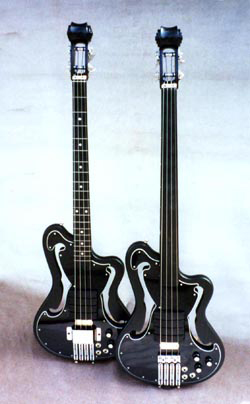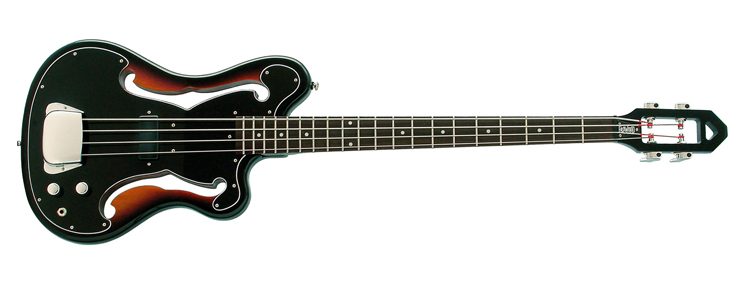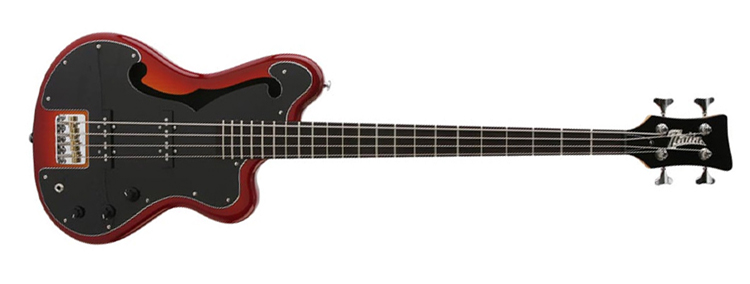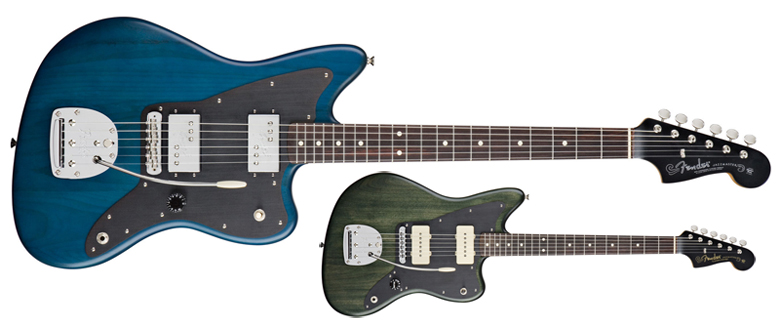
This is not in the habits of the Guitar Blog to advertise newly released hyped signature models of big guitar companies and show-biz stars, but that's not forbidden either, and a real pleasure when it's about Sonic Youth, THE band that allows guitar lovers to stay away from show-off who mistake playing scales fast with music.
So let's enjoy the Sonic Youth's signature Fender Jazzmasters, two variations on the old lady based on how it's usually modified to create the specific Sonic Youth sound (Moore and Ranaldo's playing technic seems sometimes based on CIA's torture manual about how to make someone tell everything he has in the guts - I prefer it on guitars).
These jazzmasters are stripped to the essential, with only the pickup selector and the volume knob left - that makes sense when you believe that one guitar = one sound... - who said that versatility is a quality for a guitar?
I personally prefer Lee Ranaldo's model, with its sapphire blue transparent finish (don't think I ever saw something so beautiful on a Fender) and its humbuckers.
Even more convincing about these guitars is the fact that they are really played by Sonic Youth - they claim having used them before their release to record their last album The Eternal, and you can see that Moore is also playing his on this recent video.
EDIT: Our friend dre brought again precious and first hand information in the comments that I add to this post:"This summer I had the lucky occasion to play some of Thurston's personal guitars, including the custom-built (by the SY guitar tech) predecessor to the signature model, along with the Fender-built prototype he uses onstage and in the studio.
My understanding is that the custom "parts" Jazzmaster was built to be Thurston's utility guitar, limited to what he thought was essential to his sound, as opposed to guitars that are strictly used for specific sounds on specific songs. He apparently worked on the specs for several years with his tech, and it's built of Warmoth or some such licensed parts. When I played it, it was in an odd tuning, as many SY guitars are, but IIRC the tech suggested that it is sometimes in standard tuning.
The Fender prototype was basically identical to the custom guitar. Same color, same parts, same neck, everything, it just said Fender on the headstock instead. I haven't played a production model yet, but Eric, the tech, said that the only difference is that they agreed to paint the headstock black to match the anodized pickguard. Same neck, same components, everything.
So the Fender model should theoretically be identical to not only Thurston's "dream guitar", but also the guitar he favors onstage. When I saw them play, he did in fact use his Fender prototype more than any other guitar, and his custom parts guitar was a close second.
Even though the guitar had only been in use for a few months, the aluminum pickguard on the prototype was already gouged and scratched up from... implements... used in the generation of sound. He wasn't babying that thing.
I personally prefer the Ranaldo model, as I am attracted to the sound of Fender WideRange humbuckers. I think I like the green finish, though.
Lee Ranaldo used his prototype on several songs in the concert I attended. He also made use of a couple of other "Jazzblasters" that appeared to be functionally the same as the prototype. Since it is so close to the Thurston model, aesthetically speaking, I would guess that he left the styling to Thurston. Given his history of WideRanger-equipped Jazzmasters, I think most would agree that the Fender signature model is honestly what Lee plays onstage, and as honest a signature model as one could have."
For your information, the Guitar Collecting blog released an eBook about signature guitars that you can find here (home made eBooks are so cool). They have a. o. a quite complete article about the Ultracure, Robert Smith's Schecter signature guitar, that is in my opinion one of the best signature ones out there, a real collaboration between a musician and a guitar maker, not a useless reproduction of an old guitar, or a slight cosmetic work on a standard.
Am I on a critical mood today?
Bertram
NB: There are a lot of blogs STEALING content and bandwidth. If you read this anywhere else but on guitarz.blogspot.com then you are reading a blog that STEALS content. Please support original bloggers!
NB: There are a lot of blogs STEALING content and bandwidth. If you read this anywhere else but on guitarz.blogspot.com then you are reading a blog that STEALS content. Please support original bloggers!




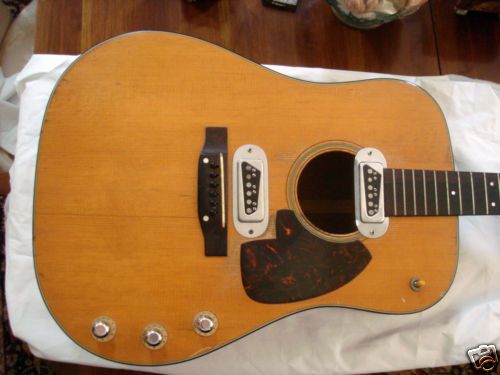
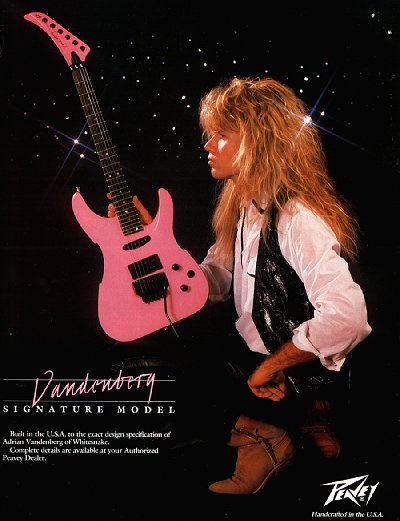
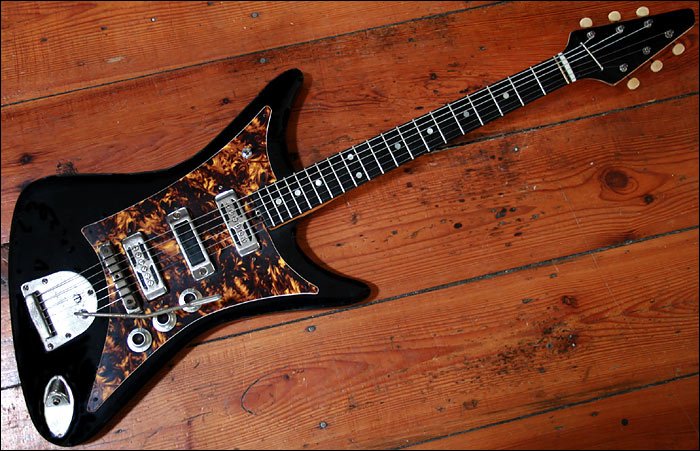

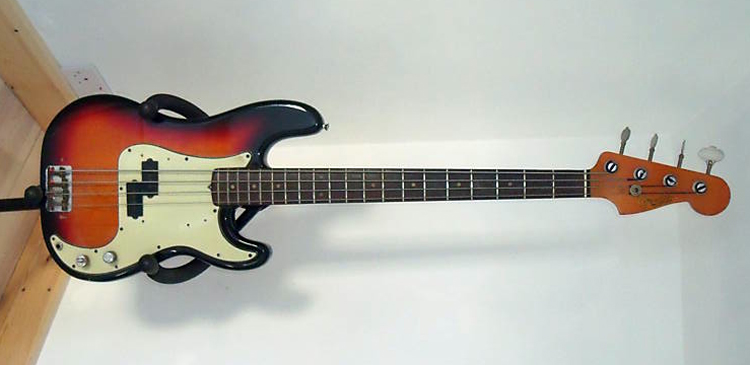
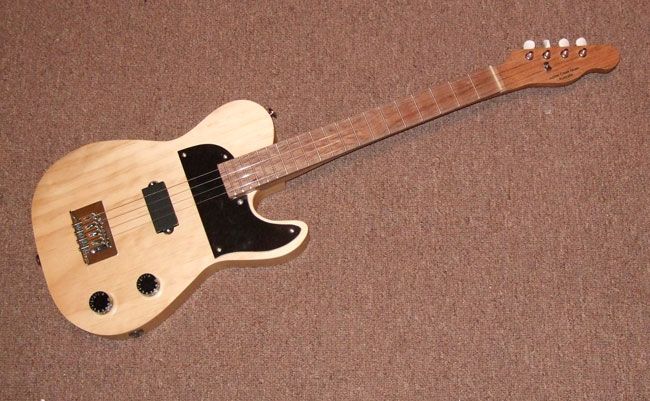
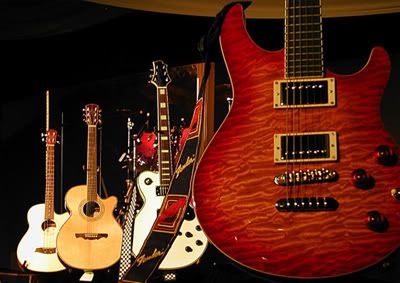


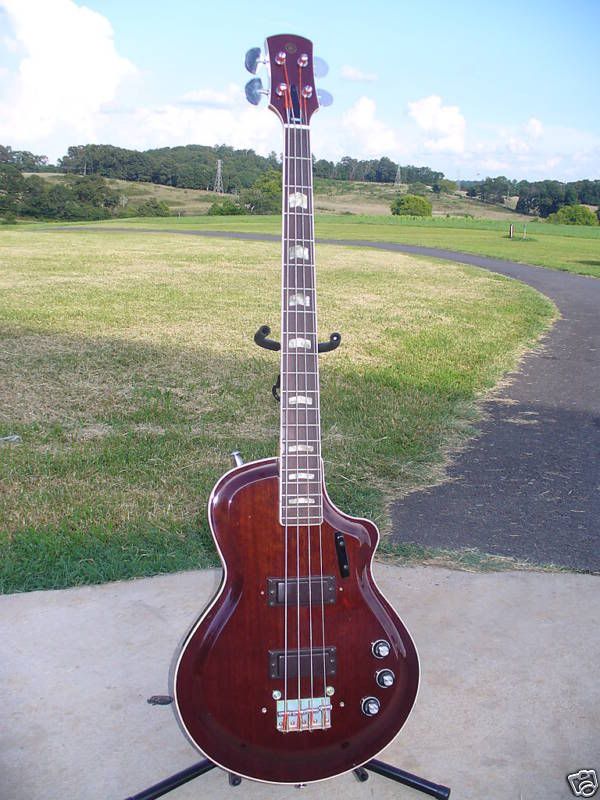



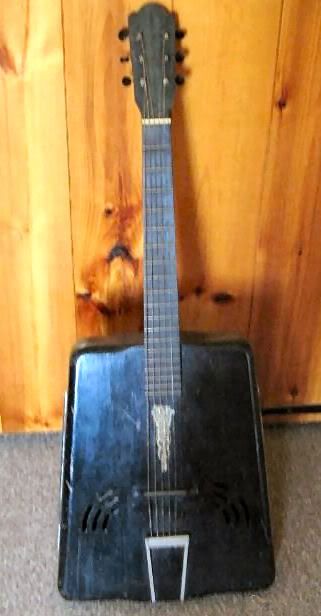
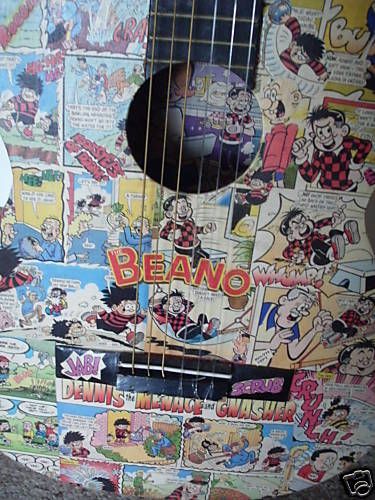 I very much doubt it's worth the fifty quid starting price, but I love stuff like this.
I very much doubt it's worth the fifty quid starting price, but I love stuff like this. 